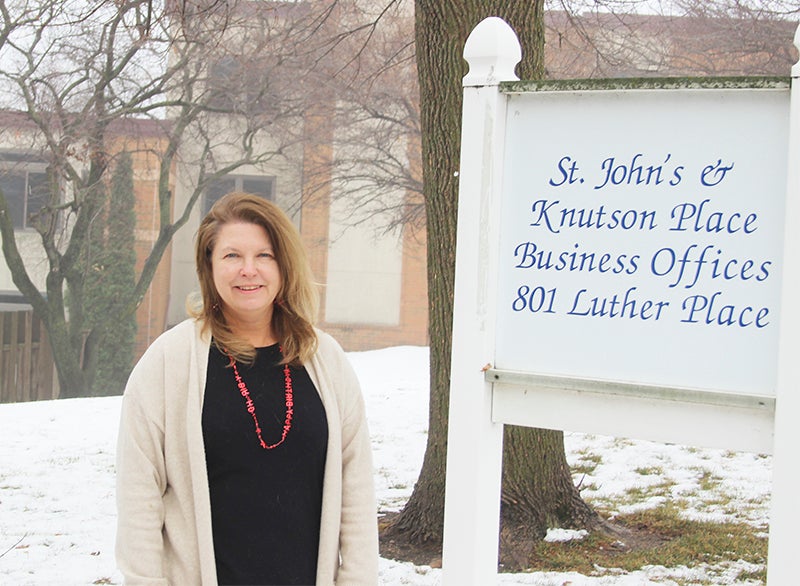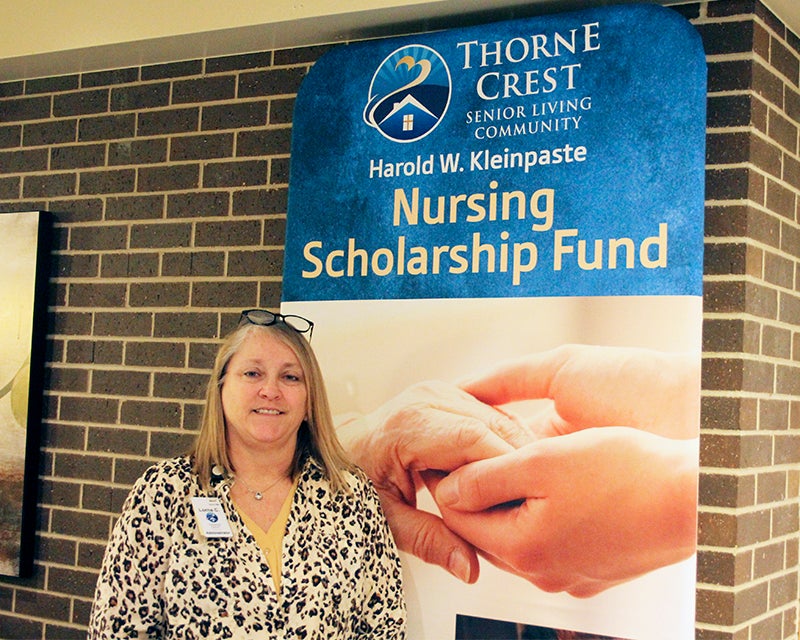Local, state nursing homes battling workforce shortage
Published 5:08 am Thursday, December 15, 2022
|
Getting your Trinity Audio player ready...
|
According to a report released this month from the University of Minnesota’s Center on Women, Gender and Public Policy, the COVID-19 pandemic revealed a crisis in staffing for the nursing-home and direct-care work in health care.
The report also described “crushing working conditions, dismal wages and physical risks.”
According to the report, over 6% of direct health care workers left the labor market in 2021, a higher rate than pre-pandemic levels. Another 40% of direct care workers moved to another occupation between January 2019 and December 2021.
Despite the need, and nature of the work, nursing home assistants earned, on average, $17.34 per hour in 2020, and personal care assistants $14.72.
“Over 40% of direct care workers in Minnesota earned wages that are below 200% of the federal poverty line, and around 40% have insurance through Medicaid, Medicare or another public source,” the report said.
Direct care work is also experiencing high turnover, causing fewer people to enter the profession and more people to leave. The report said it was difficult to align personal, financial and other family duties because of lower pay, limited benefits and financial uncertainty. The pandemic also brought new reasons for leaving, including risk of infection and the lack of child care.
The report listed several solutions to the problem, including higher pay and better job quality. To do this, the report recommended redistributing Medicaid and Medicare spending “to promote higher wages for direct care workers” and supporting unionization to achieve “higher wages among direct care workers.”
“I do actually think we need the Legislature to be able to step in and help us to figure out a way to fund the wages a little bit more so that we can be competitive,”said Erin Hilligan, interim CEO administrator at St. John’s Lutheran Community.
She also said she thought it was important for St. John’s to continue supporting workers by ensuring there were enough workers that had appropriate levels of support, including equipment and supplies.
According to Hilligan, the loss of direct care workers was happening before the pandemic, though COVID exacerbated the problem.
To address that, she wanted to see ways to invest in attracting potential caregivers.
“There is the nursing assistant training program that the state of Minnesota supports, but I’d like to see more incentives for people to be nurses, to be medical records directors, to be in the culinary department, all of those to find ways to bring people into the profession.” she said.
Hilligan said she was neutral in regards to possible unionization.
Lorna Craig-Paulson, community administrator for Thorne Crest Senior Living Community, echoed a similar sentiment as Hilligan.
“A lot of it boils down to compensation,” she said. “I think our wages in our nursing department, if it was a little more appealing cause it is a very tough job, if they could assist us with that, the state of Minnesota.”
Besides wages and benefits, Thorne Crest uses an incentive program, and cited her nursing department as an example that implements an incentive program, Kudos.
“We’re able to nominate other staff members for certain things, a job well done, throughout the week,” she said. “I know that my director of nursing draws a name out of those, and then they get to come into the [director of nursing] office and pick an item off of the Kudos corner.”
Items could include a coffee mug, kitchen tools or candles.
Craig-Paulson said she’d like to see the program extended throughout the entire campus.
She also attributed the exit of direct care staff to the staffing shortage, and believed if more staff were brought in and trained, staffing exits would be cut down.
And in her own opinion, she felt long-term care facilities were not places for unions.
A local politician also weighed in on the news regarding staffing issues at nursing homes and for direct-care workers.
“It’s absolutely an extreme emergency in my mind,” said District 27A Rep. Peggy Bennett.
Her solution — increase the state’s Medicaid reimbursement enough to provide raises and compete in the market while attracting and maintaining workers. Ideally, she would like to address the issue in the upcoming session and increase Medicaid spending, which goes toward nursing homes. To do this she suggested considering using some of the state’s budget surplus.
“We have nursing homes on the brink of closure, … these group homes that are also having to send people home for care because they don’t have enough staff to take care of them,” she said.
And while she didn’t want to delve into the idea of unionization, she didn’t feel it would solve the problem.
“The problem is the state needs to reform our Medicaid reimbursements,” she said. “Looking at … homes and these direct support professionals, unionization is not going to increase those Medicaid payments. It’s a decision that needs to be made at the Legislature along with the governor.”
She also wants to look at regulations and argued some were backfiring.
She is also in favor of exploring assisted technology for those with disabilities, but was quick to note there was always a need for direct support professionals.
“Caring for the elderly and disabled who can’t care for themselves, that’s a core function of state government and of societies” she said. “We should do it smartly, effectively and compassionately. But let’s get it done.”
In 2015, Bennett was involved in a successful Legislative effort to reform how the state reimbursed senior care facilities.







